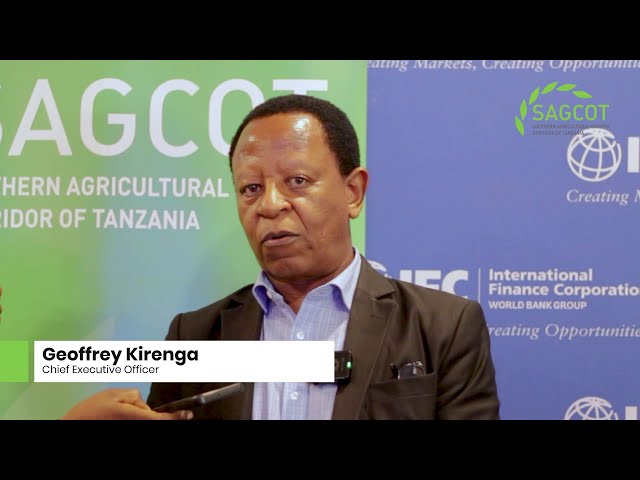By VALENTINE OFORO
THE government has prepared a new system for the sale of beef cattle in all auctions across the country, through which, cattle will be sold as per their kilograms, and not by estimated price as it is for now.
The envisaged system, drafted to come into effect from earlier next month is expected to play pivotal role in helping to the livestock keepers, as well as the beef cattle traders to realise reasonable profits.
For many years, beef cattle in all auctions in Tanzania have been marketed through negotiations between the sellers and buyers, basing on ‘eye- estimations’ and not thr actual weight of the cattle.
To improve the situation, the government has find it prudent to introduce the weight-based selling system in order to transfom the country’s cattle market into a win-win situation business.
Giving an exclusive interview to this publication in the sideline of a special forum of Pastoralists Association of Tanzania (PAT), Msafiri Mkunda, the District Livestock Officer (DLO) of Kongwa District of Dodoma region, informed that the Livestock Ministry has so far distributed at least 80 cattle weighing facilities in different districts in readiness to start implementing the helpful system.
“As per the system, the government will freely place the cattle weighing devices at all auctions across the country, and before embarking on the use of the scales, involved traders and the beef cattle farmers will be educated over the potential of using the system,” Mkunda detailed.
He sounded to have remain optimistic that the envisaged system will help to improve the sector through professional setting up of indicative prices in selling of beef cattle within the country.
“The current system is unreliable one, because the cattle are being sold at estimated prices that not reflecting their kilograms and thus, often prompting the involved sellers and buyers to incur unnecessary loss,” he added.
And under the new system, he communicated that it is expected that one Kg will be sold from between 3,000/- and 3,200/-, basing on the currently prices.
“Experience proves that most of the beef cattle that are often available at the country’s auctions (the local breeds), are of 250 and 350Kg, whereby through the currently estimated prices format, they’re sold from between 300,000 to 400,000, which is a low price in comparison to their actual weights,” he detailed.
The new system, according to him, will thus enabling both, the beef cattle traders and the pastoralists to stand a better chance to fetch lucrative profits from their transactions.
Experience further shows that most of the countries that perform well in the beef cattle business are selling through Kilograms system.
These include Brazil, Australia, the United States, India, Argentina, New Zealand and Canada.
Tanzania has the third largest livestock population in Africa, the second largest after Ethiopia.
But despite such endowment, the cattle farmers in the country are however lag behind to benefit from their executives , due to an array of reasons.
For instance, due to the on-going significant dimishing of potential grazing areas, prompted by increasing in human population and activities as well as effects of climatechange, the livestock keepers in Tanzania are grappling with a major challenge of absence of health pastures to feed their cattle.
While the government, through the Tanzanian Livestock Research Institute (TALIRI) is working to develop and introduce hay bales (grass, legumes, and other herbaceous plants that have been cut and dried to be stored for use as animal fodder) to help easing availability of fodder for the livestock through the year, majority of local cattle farmers are still far away from benefiting from such useful services.
Moreover, despite increasing efforts to introduce crossbreeds cattles, thevmajority of cattle keepers are maintaining traditional cattle breeds (Short Horn Zebu).
The livestock industry in Tanzania plays important socio-economic roles that include contributing to building a strong national economy, household food supplies and incomes, employment opportunities as well as nurturing natural resources.
The country has a total area of 945,000km2, whereby 62,000km2 of the surface area is covered water, and 60 million hectares is rangelands that is suitable for livestock production.
The available rangeland resources and varied forage and fodder resources are suitable for grazing to the available 33.4 million cattle; 21.3 million goats and 5.65 million sheep, more than 1.85 million pigs, 47.4 million indigenous poultry and other non-conventional species such as donkeys and rabbits.
As per the 2012/13 National Panel Survey, 50 per cent of all households keep livestock (4.6 million households), 62per cent of which are rural and 23 per cent urban, with ownership patterns dominated by chickens (86pc households), goats (48pc), cattle (35pc), pigs (9pc) and other livestock 10 per cent.
Traditional breeds and processes dominate the Tanzania livestock sector with Tanzania Short Horn Zebu is the most widespread cattle breed in the nation.
Agro-pastoralists households’ account for 80 per cent of livestock production, pastoral communities 14 per cent and remaining 6 per cent comes from the commercial ranches and dairy sector.








